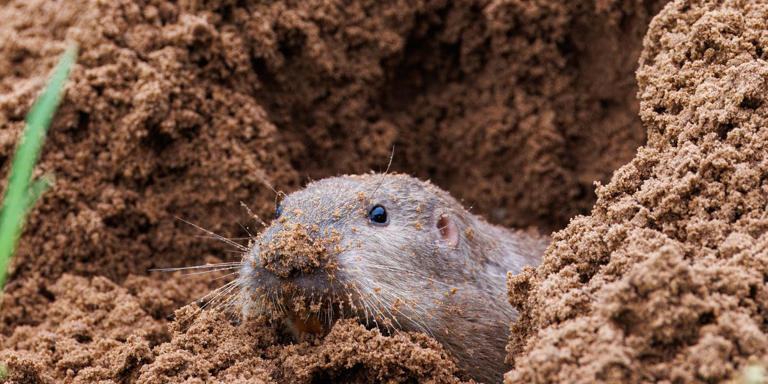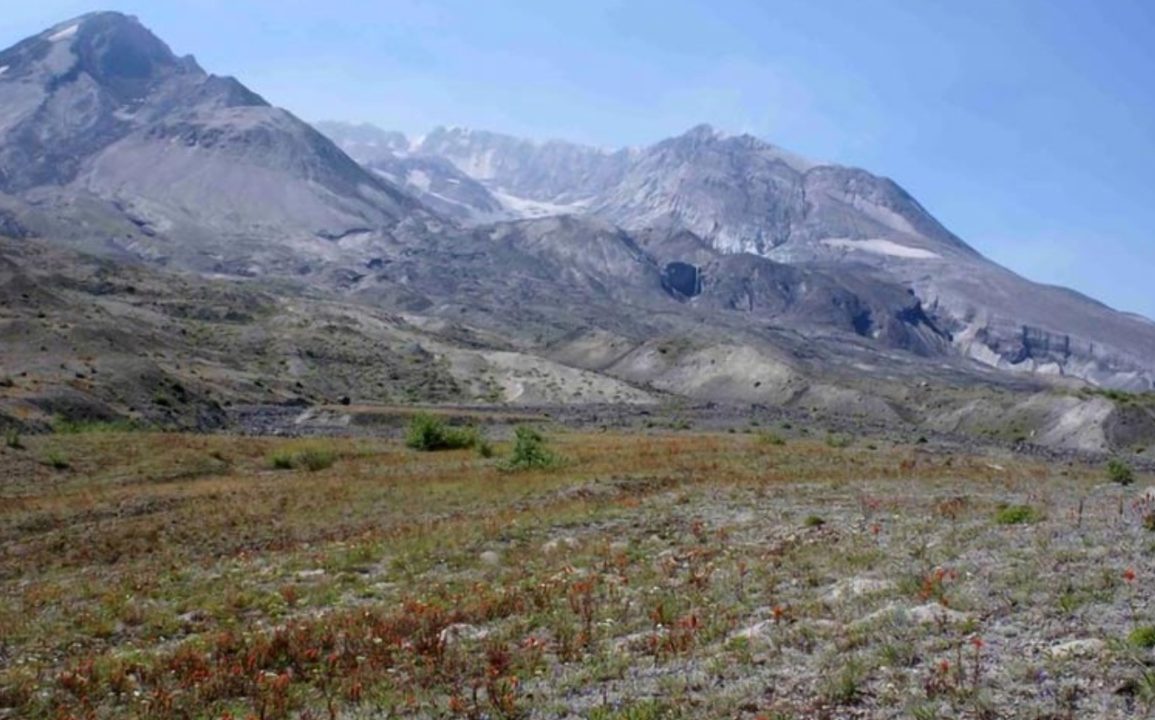In the early 1980s, a peculiar scientific experiment took place following the eruption of Mount St. Helens in May 1980. The eruption, the most destructive volcanic event in American history, claimed 57 lives and caused severe ecological damage.
In an effort to speed up the recovery of the devastated environment, scientists turned to an unorthodox solution: they decided to introduce gophers to the barren volcanic site. This move, while unconventional, ended up being highly effective, with the results continuing to impact the ecosystem for over 40 years.
The scientists’ reasoning for introducing gophers was rooted in the idea that these creatures could assist in the regeneration of plant and animal life by disturbing the soil. Gophers, known for digging tunnels, were believed to help by bringing up beneficial bacteria and fungi from deeper soil layers to the surface.
In 1982, just two years after the eruption, a team of researchers released gophers onto specific plots of pumice, the fine ash and volcanic debris that had covered the area. The hope was that their activity would accelerate the recovery of the land.

Before the gophers’ introduction, the site was almost completely barren, with only about a dozen plant species emerging from the pumice. However, six years after the gophers were released, the results were astonishing. In the plots where the gophers had been active, 40,000 plants were thriving, while areas that did not receive the gopher treatment remained lifeless. The gophers had seemingly played a critical role in reviving the plant life, encouraging the growth of vegetation that had otherwise been slow to take hold.
Further studies, published decades later, revealed that the gophers’ impact was even more profound than initially believed. A report from the University of California noted that the microbial community, particularly mycorrhizal fungi, that was fostered in the soil by the gophers’ digging, was still supporting plant life on the mountain 40 years after the intervention.
These fungi helped trees absorb nutrients from the soil, fueling their rapid regrowth. The resurgence of tree life in the area was much more immediate than anticipated, challenging previous assumptions about the long-term recovery of the environment.
This study highlights an important lesson about ecological restoration: the interconnectedness of all elements in nature, particularly those that are invisible to the naked eye, such as microbes and fungi. It also serves as a reminder that sometimes unconventional solutions, like releasing gophers into a volcanic disaster zone, can yield unexpectedly positive results. The success of this experiment continues to encourage more innovative and holistic approaches to environmental recovery in the face of ecological crises.

